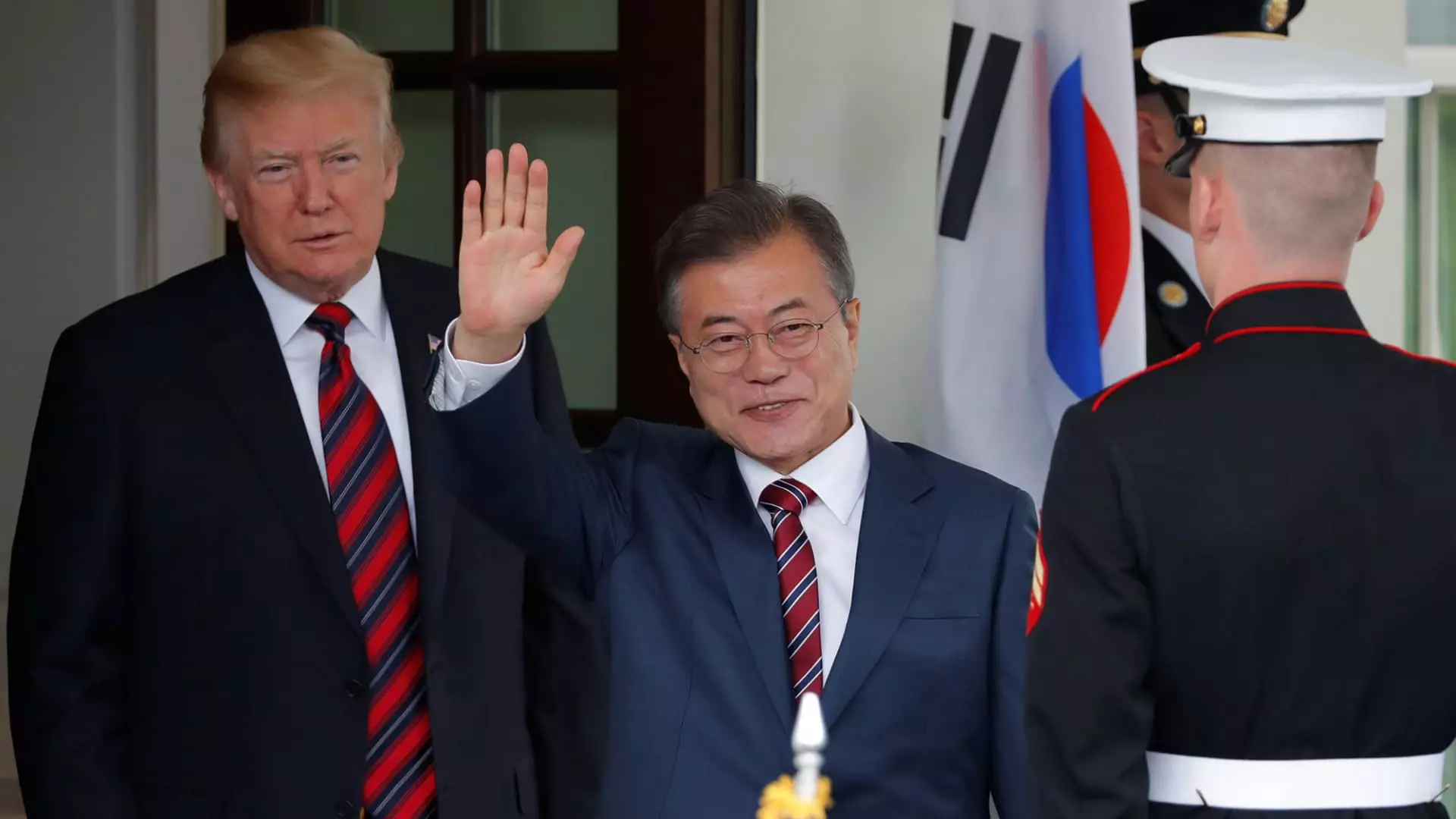The auto industry is poised for significant changes as President Donald Trump suggests the possibility of raising tariffs on U.S. trading partners, particularly targeting South Korea and Japan. The implications of these tariff adjustments could reshape the automotive landscape in the United States and are causing concern among major players in the industry. With South Korea and Japan accounting for a combined 16.8% of vehicle sales in the U.S. last year, this decision does not merely reflect an economic policy but may also provoke long-lasting effects on consumer prices and vehicle availability.
In 2024, South Korea surpassed Canada and Japan to emerge as the second-largest exporter of vehicles to the U.S., trailing only Mexico, which represented about 16.2% of U.S. auto sales. The lack of tariffs for vehicles exported from South Korea has granted companies like Hyundai and General Motors a distinct competitive advantage. The 25% tariff Trump has considered for auto imports from Canada and Mexico contrasts sharply with the relatively low tariffs faced by vehicles from Japan (2.5%) and none from South Korea. This inconsistency raises questions regarding equity and fairness in trade policies, particularly for American automakers who may find their operational costs impacted disproportionately.
The dynamic nature of international trade necessitates a comprehensive understanding of how tariffs function. Tariffs, taxes imposed on imported goods, directly affect the companies that import those goods. This additional burden potentially leads to increased prices for consumers. For the auto industry, which operates on narrow margins, such hikes in consumer costs might result in reduced demand for vehicles, thereby impacting sales volumes.
Japanese automakers, historically dominant in U.S. markets, are already facing challenges as their sales figures dwindle, reportedly selling about 1.31 million vehicles in the U.S. last year. Trends indicate a subtle yet pronounced shift as South Korea’s exports rise — jumping from under 845,000 vehicles in 2019 to over 1.37 million in 2024. This competitive shift offers a grim insight into Japan’s fading market relevance as American consumers increasingly gravitate toward South Korean automakers, who are benefiting from tariff-free exports.
Further complicating the situation, the 2018 renegotiated trade deal between the U.S. and South Korea yielded little improvement for American automotive exports, with passenger vehicle shipments to South Korea seeing a notable decline. These international agreements, often perceived as beneficial, may not yield their anticipated outcomes, prompting industry experts to question the efficacy of such policies in driving balanced trade.
As major automotive brands like General Motors and Hyundai continue to navigate this complicated landscape, their market strategies and production methodologies are crucial. GM has substantially ramped up its imports of South Korean-produced vehicles, particularly in the entry-level segment, where affordability is paramount. From 173,000 vehicles imported in 2019, GM saw this number leap to over 407,000 the following year. The company’s investments in South Korean manufacturing — amounting to roughly $6.2 billion — highlight its commitment to the region and its strategic dependence on these imports.
However, the potential imposition of tariffs raises concerns over financial viability. Industry insiders have noted that the burden of new tariffs will likely be passed down to consumers, raising vehicle prices at an inopportune time when affordability is a critical factor for many buyers.
The automotive sector has historically demonstrated resilience in the face of regulatory and market changes. Terence Lau, a former trade expert for Ford Motor, emphasizes the adaptability of manufacturers, arguing that the industry can adjust over time to tariff-induced disruptions. However, he cautions that while minor tariffs may serve as minor inconveniences, more significant duties have the potential to severely impact profit margins.
The industry’s robust adaptability comes with an understanding that maintaining product affordability is vital to consumer engagement. Navigating tariffs will require skillful management and strategic pricing to cushion potential revenue losses without alienating loyal customers.
As discussions about tariff policies intensify, industry voices call for a comprehensive review of all players involved rather than selective targeting. Ford’s CEO, Jim Farley, advocates for a balanced approach that does not favor one country over another without addressing the broader implications for the entire automotive supply chain. The forthcoming decisions made by the White House will undoubtedly shape the industry for years ahead, with implications stretching far beyond mere numbers and economic metrics — they will also reshape the consumer landscape within the U.S. automotive market. As the dialog on tariffs unfolds, the automotive industry must continue to advocate against inequity to foster a more balanced trade environment.

